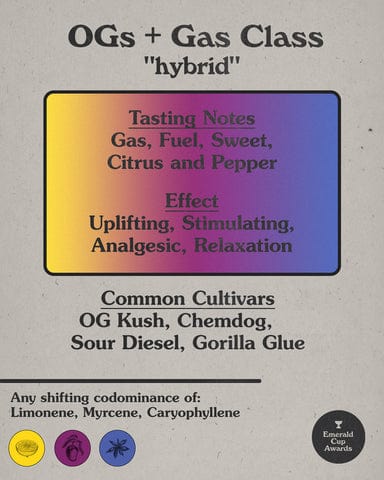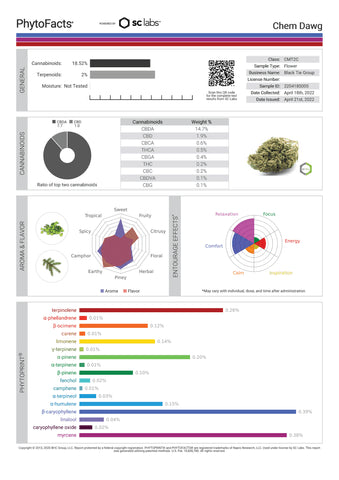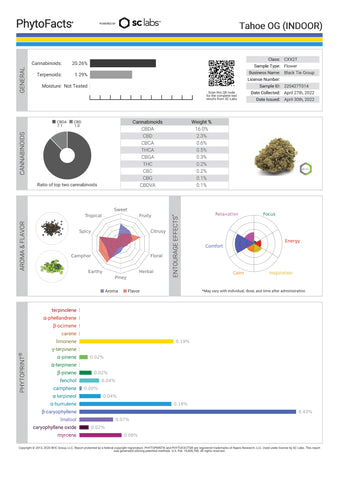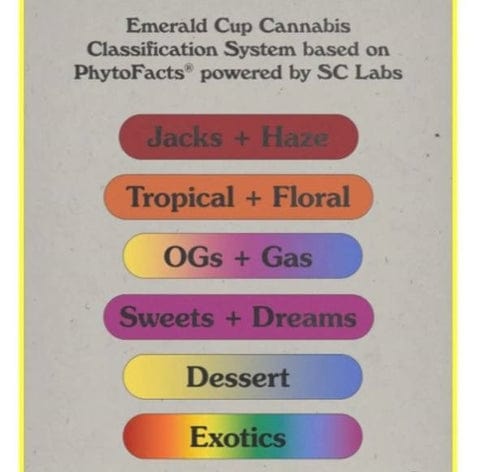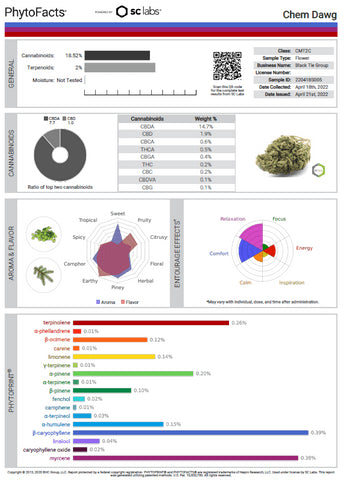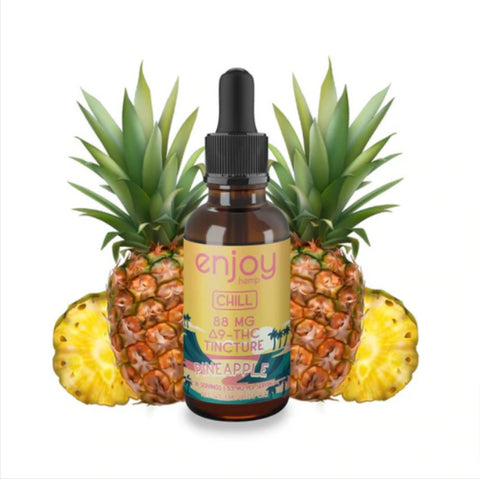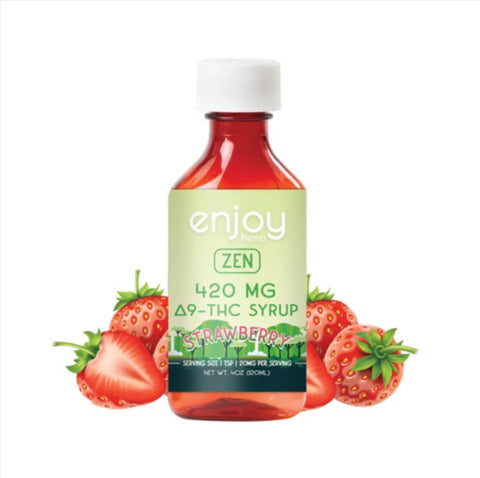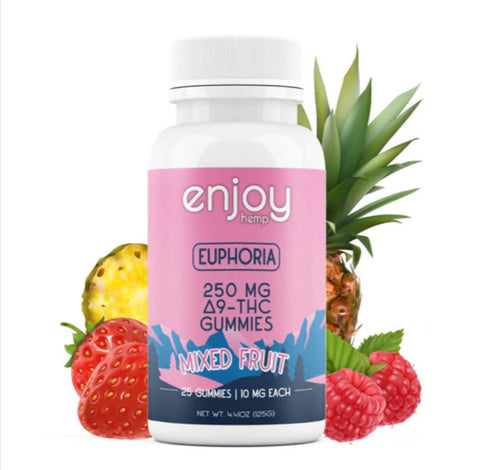Take Action Against Federal Hemp Ban
In a stunning and deeply consequential development for America’s hemp industry, Congress has voted to advance a federal spending bill containing language that would effectively ban more than 95% of all hemp-derived products, including the THCA and full-spectrum CBD products relied upon by millions of Americans. Even more troubling: the Senate rejected an amendment from Senator Rand Paul that would have removed this dangerous provision altogether.
But as the immortal Yogi Berra once said, “It ain’t over until it’s over.”
And it ain’t over for hemp.
Yes, the blow was heavy. Yes, the bill now moves forward with language that threatens hundreds of thousands of U.S. jobs, thousands of small businesses, and critical access for seniors, veterans, and patients nationwide. But thanks to Senator Rand Paul and the tireless efforts of industry advocates, the ban does not take effect immediately.
Instead, the industry secured one crucial lifeline:
“We have 365 days to fix this.
365 days to regulate — not ban.
365 days to save the future of legal hemp.”
What Exactly Happened — And Why It Matters
Let’s break down the situation as clearly as possible.
The 2018 Farm Bill legalized hemp.
It opened doors for farmers, manufacturers, veterans, small businesses, and wellness consumers nationwide. It created an industry valued at $70 billion and supporting over 325,000 American jobs.
Now Congress is trying to reverse that progress.
Buried deep in the new federal funding bill is language — commonly called the McConnell–Harris Hemp Ban — that would:
- Criminalize nearly all hemp-derived THC products
- Restrict products to less than 0.4 mg TOTAL THC per container (essentially zero)
- Override the intent of the 2018 Farm Bill
- Destroy the THCA market entirely
- Remove access to the CBD products most Americans rely on
- Push millions of customers toward unregulated, unsafe black-market sources
- Devastate farmers, processors, and retailers nationwide
Let’s be clear:
A limit of 0.4 mg THC per container is not regulation — it is prohibition.
And despite assurances given to senators, this ban would not only target intoxicating hemp products — it would also eliminate the vast majority of non-intoxicating CBD products on the market.
The mistake, misinformation, and political maneuvering behind this outcome must be corrected.
Why We Still Have Hope: The Path Forward
Despite the severity of the situation, there are two major reasons the hemp community is now more motivated, organized, and strategically aligned than ever before.
1. Senators Were Misinformed — And That Can Be Corrected
Many in Congress were told:
- The ban only targets “high THC” or “synthetic” hemp products
- Non-intoxicating CBD products would remain safe
- This action was necessary to avoid an extended government shutdown
All of this is inaccurate.
The truth:
- Most CBD products exceed 0.4 mg THC per bottle
- A ban on hemp does NOT stop synthetics
- Eliminating legal options only drives demand underground
- Veterans, seniors, and people with chronic conditions will lose access
- Small businesses, farmers, and rural communities will face massive economic losses
Once senators fully understand the real consequences of this ban — especially its devastating impact on rural America, conservative districts, veterans, seniors, and small businesses — many will reconsider their position.
The fight is not over.
It is only beginning.
2. A Strong, Bipartisan Regulatory Plan Is Already in Motion
Regulation — not prohibition — has always been the path forward.
Over the next several weeks, two major federal proposals will be introduced that offer sensible, enforceable, bipartisan alternatives to the ban:
Rep. Morgan Griffith’s Hemp Regulation Bill (House — Energy & Commerce)
This forthcoming legislation aims to:
- Regulate hemp, rather than ban it
- Establish Good Manufacturing Practices (GMP)
- Require accurate labeling and testing
- Ban true synthetics
- Keep intoxicating products away from minors
- Preserve access for adults, veterans, and wellness consumers
This is the exact approach the industry has been asking for — balanced, enforceable, and realistic.
Griffith, as Chair of the Health Subcommittee, has the authority, respect, and positioning to drive meaningful change.
Senate Regulatory Bill (Wyden & Merkley — HELP Committee)
A companion bill will soon be introduced in the Senate to:
- Create responsible regulatory standards
- Clarify acceptable product limits
- Maintain protections for farmers
- Prevent unsafe products from reaching the market
- Modernize outdated interpretations of the 2018 Farm Bill
With the HELP Committee expected to take action, this is the best possible scenario for rewriting the federal narrative in the next 365 days.
What Comes Next: The Real Fight Begins Now
This is the moment where the entire hemp ecosystem — growers, manufacturers, retailers, educators, medical users, wellness consumers, and supporters — must come together.
We do not have the luxury of waiting.
We have one year to:
- Educate lawmakers
- Correct misinformation
- Build bipartisan alliances
- Protect access for veterans and seniors
- Preserve hundreds of thousands of jobs
- Support the regulatory bills now being drafted
- Prevent the destruction of a legal, American-made industry
And most importantly:
We must ensure the ban language is removed entirely before November 13, 2026.
The countdown has already begun.
To Businesses: Do Not Panic — Prepare.
Shutting down operations prematurely is unnecessary and harmful.
The industry has time — and a concrete path — to achieve a fair regulatory framework.
Now is the time to:
- Join trade associations
- Engage in advocacy
- Communicate with customers
- Support regulatory proposals
- Participate in state-level mobilization
- Keep pressure on Congress
- Stay informed and united
We must remain calm, strategic, and coordinated.
To Consumers: We Hear You. We Stand With You.
Veterans managing PTSD.
Seniors seeking pain relief.
People with anxiety, insomnia, chronic pain, and autoimmune conditions.
For millions of Americans, hemp is not a luxury — it is a lifeline.
Black Tie is committed to doing everything possible to preserve your access to the products that support your health and wellness. We will continue fighting for you every step of the way.
To Our Supporters: Your Voices Moved Congress — Now We Need You Again
The 100,000+ emails and phone calls made in the past week shook Washington.
Twenty-four senators broke with their leadership because YOU spoke up.
Now, we need to go even further.
Here’s how you can help TODAY:
1. Call the Capitol Hill Switchboard:
202-224-3121
Ask to speak with your senators. Tell them you oppose the hemp ban and support a regulatory alternative.
2. Email the White House and Congress:
https://hifa.health/get-involved/
3. Share this information with friends, family, and social media.
4. Tell your story — lawmakers NEED to hear how hemp helps you.
Every call matters. Every email matters. Every voice matters.
The Next 365 Days Will Define the Future of Hemp in America
The ban isn’t final — and the fight is far from over.
Black Tie will remain on the front lines throughout this year, publishing updates, mobilizing our customers, supporting regulatory bills, and working closely with national organizations to ensure hemp has a future in the United States.
“We are disappointed — but not defeated.
We are alarmed — but not hopeless.
We are fighting — and we will win.”
Together, we can ensure regulation, not prohibition, becomes the foundation for America’s hemp future.
Stay informed. Stay engaged. Stay united.
The next 365 days will shape everything.





